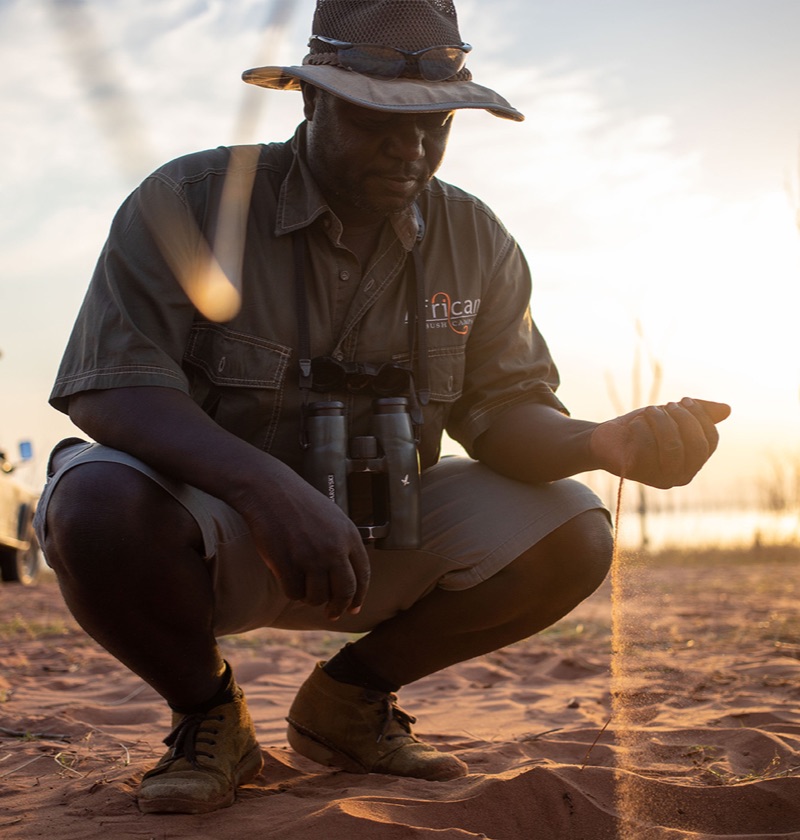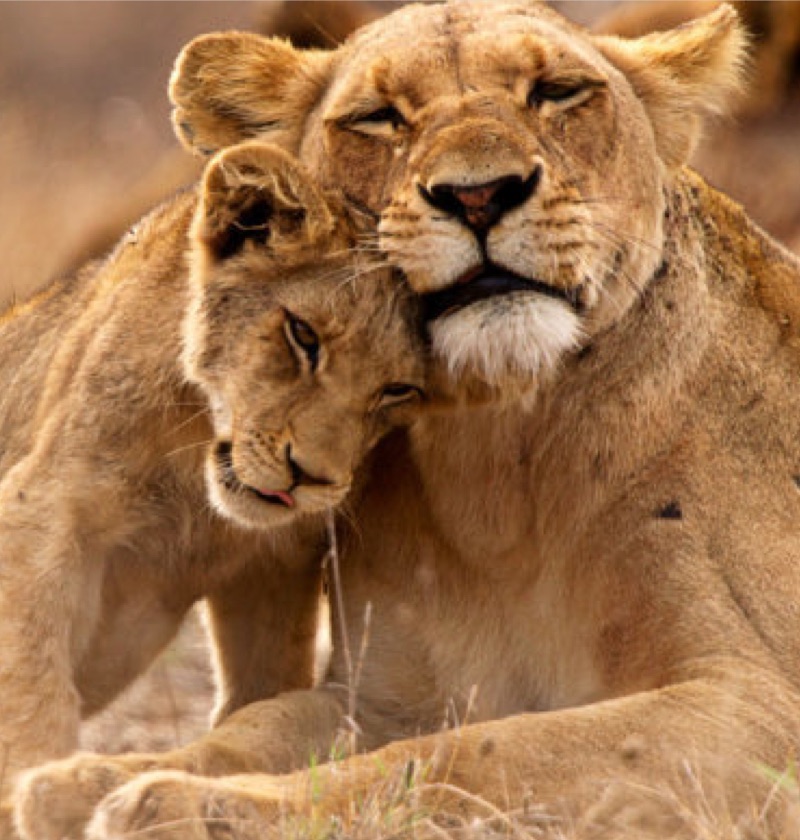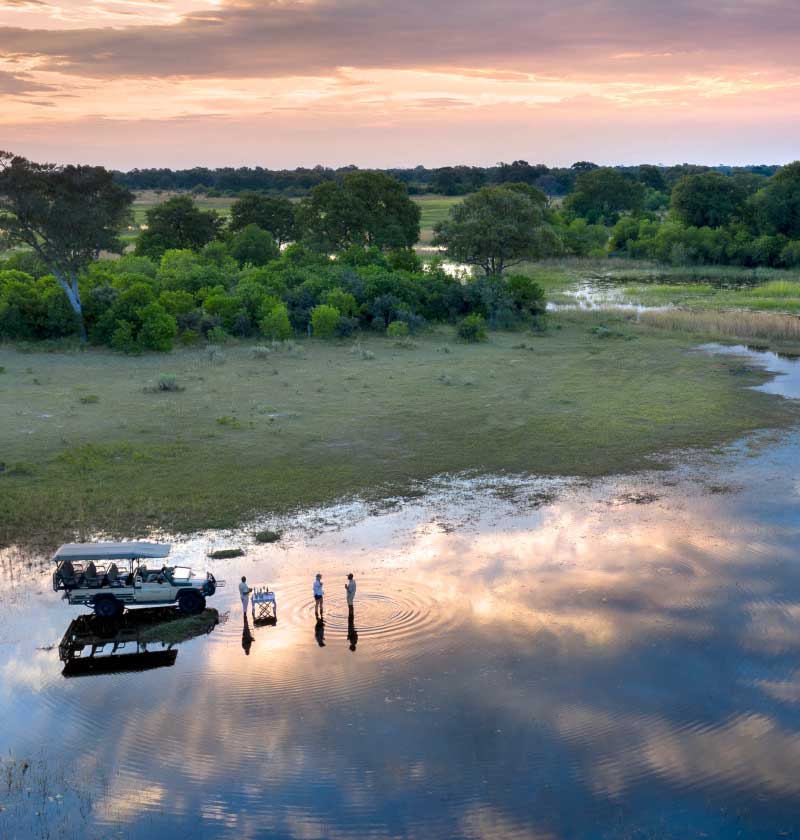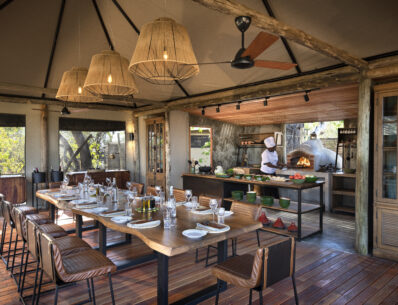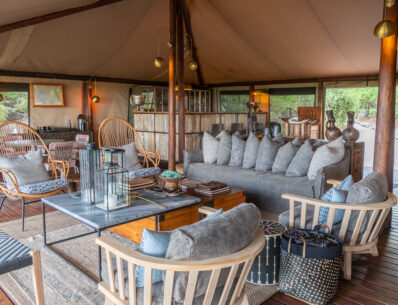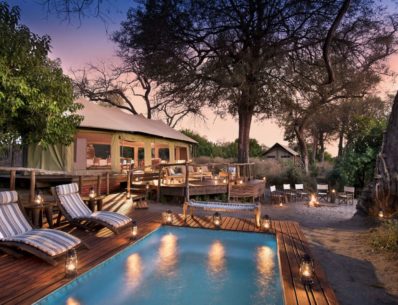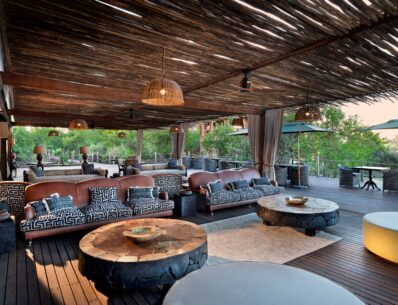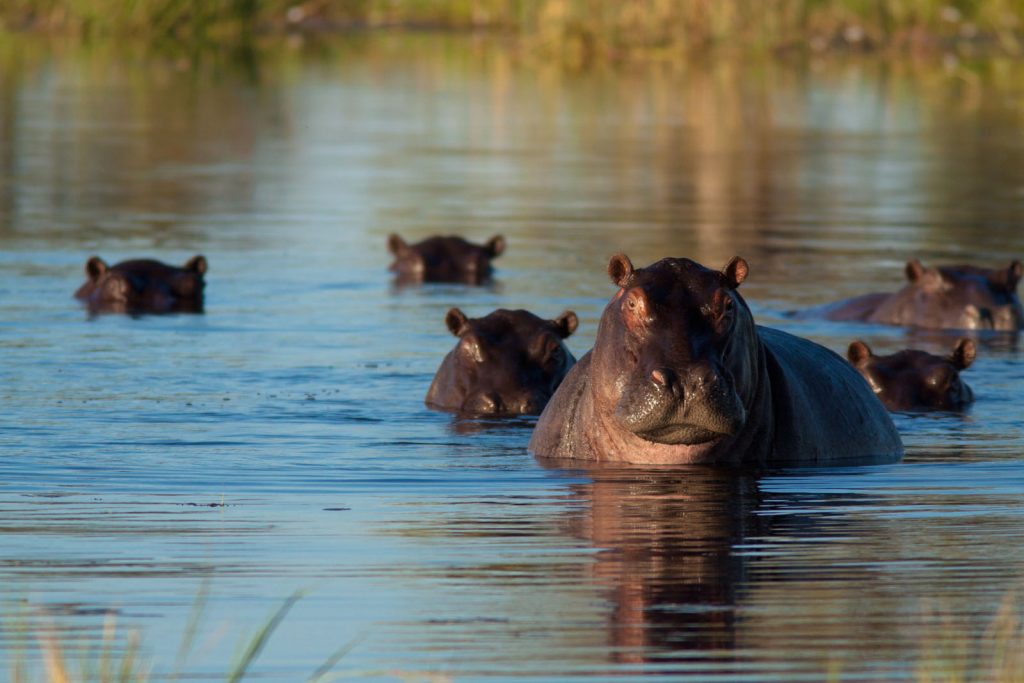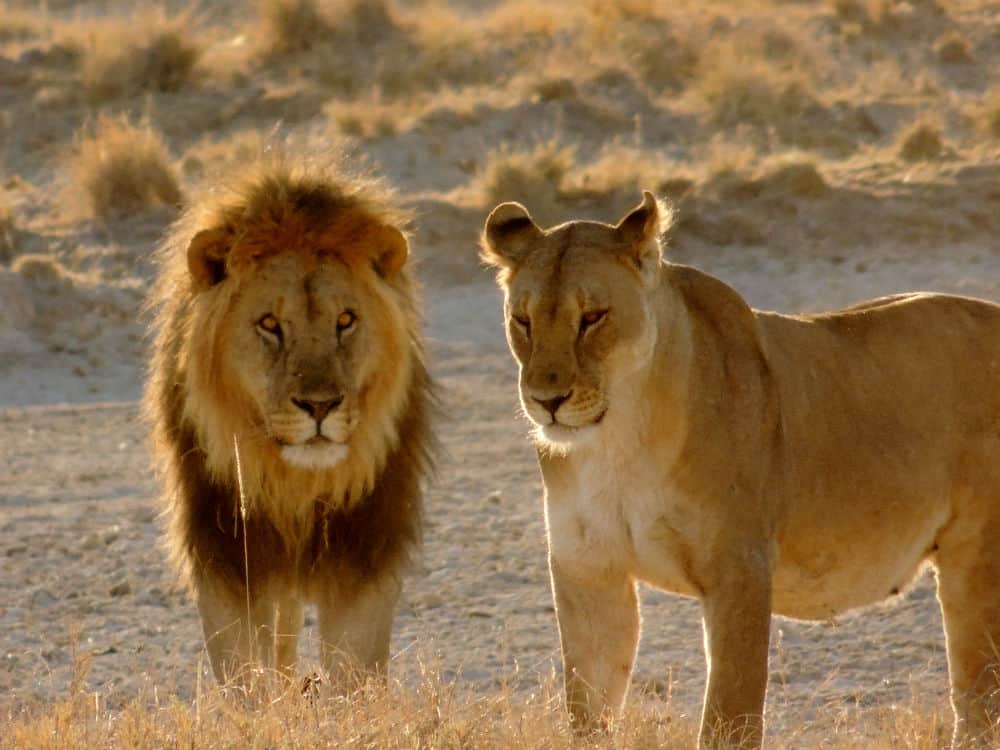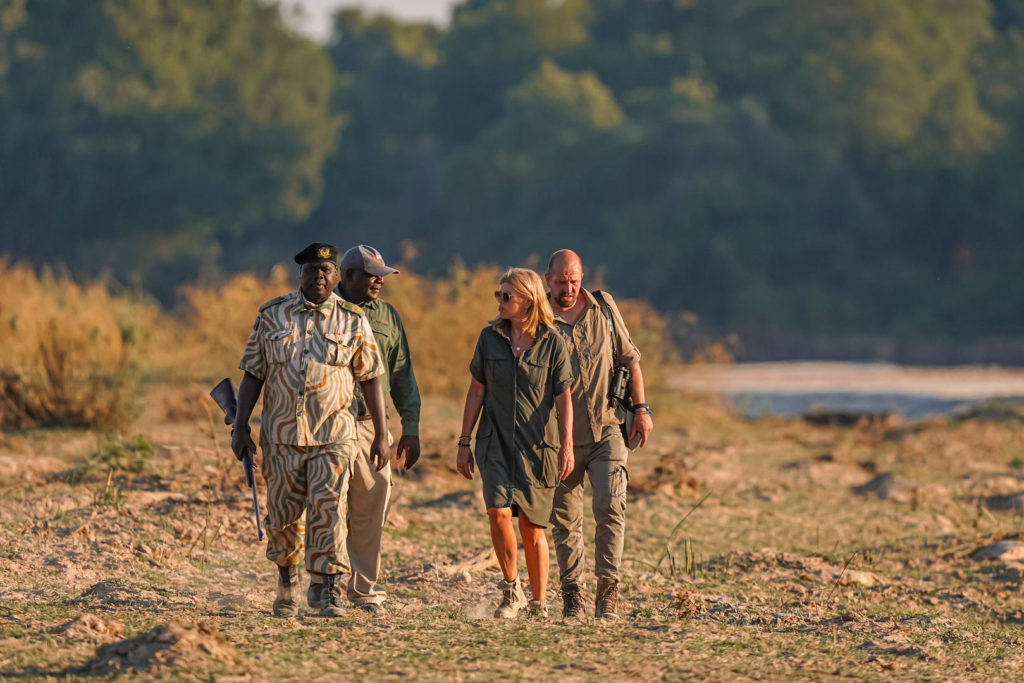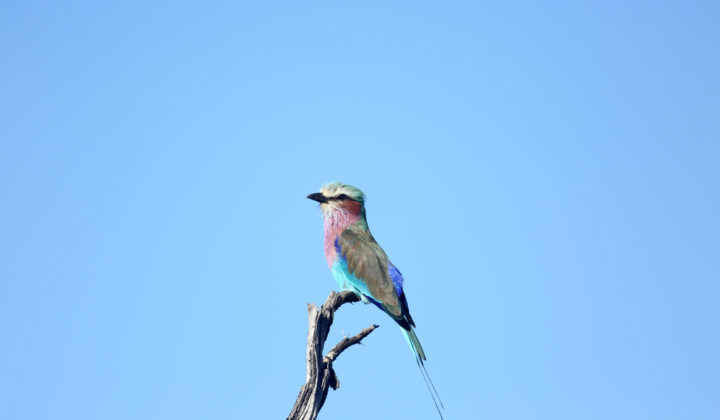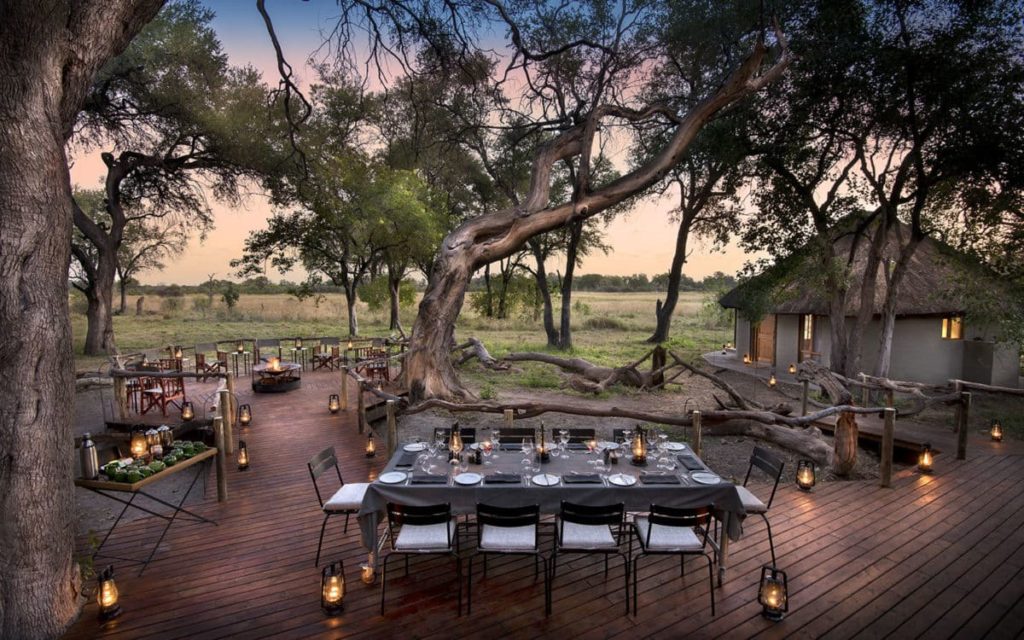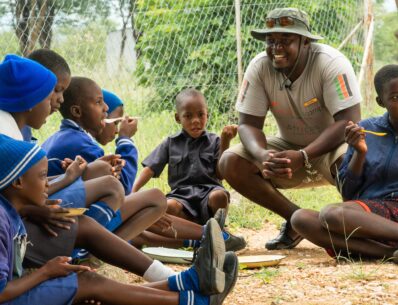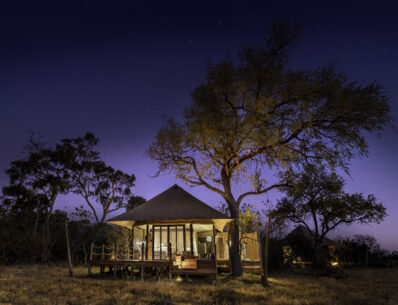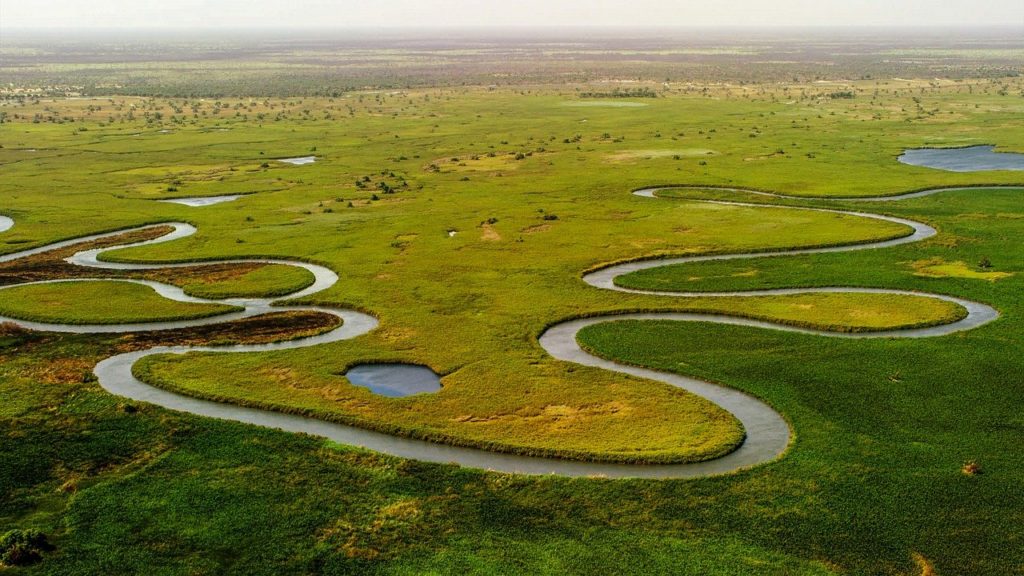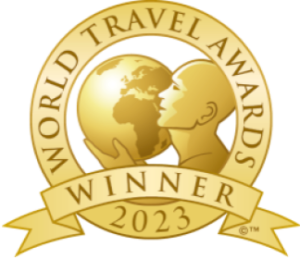Frequent Asked Questions
Is the Okavango Delta a UNESCO World Heritage Site?
The Okavango Delta was declared the 1,000th UNESCO World Heritage Site on June 22, 2014. The fact that the Okavango Delta, one of the most important inland deltas on the globe, doesn’t flow into either the ocean or the sea was the basis of this decision. The river Okavango is subject to flooding during dry seasons, and the delta is home to endangered animals like black and white rhinos, as well as wild dogs, lions, and cheetahs.
How Many Islands Does the Delta Have?
Over 150,000 islands make up the Okavango Delta. Some are small, while others can be more than 10 km in length. Chief’s Island is the largest island in this delta, measuring approximately 70 km in length and 14 km wide. It was once a private hunting reserve for a chief. Today, it is one of the most popular places in the delta to spot wildlife and is home to some of the finest luxury lodges.
Is there overtourism in the Delta?
The Okavango Delta feels wild and remote, which is one of its best qualities. Botswana controls how many tourists and camps are permitted in the Okavango Delta. A lot of cars don’t bother or hurt wildlife, and there is no risk of overtourism.
Which water source sustains the Delta?
Angola is the source of the water that sustains this delta. Rainwater from Angola’s highlands flows into the Cubango River, which then flows through Namibia to Botswana. The Okavango River flows into the delta when the river reaches Botswana. Another Okavango Delta fact is that the river once flowed into Lake Makgadikgadi millions of years ago. This lake is twice the size of Switzerland. Since then, the lake has dried up and is now part of the Makgadikgadi Salt Pans.
Are There Ethnic Groups That Stay in the Delta?
The Okavango Delta is home to five ethnic groups: the Hambukushu (Dceriku), Wayeyi, and Anikhwe. These two groups are Bushmen who were hunter-gatherers in the past, while the other three have been fishermen, farmers, and hunters.
How Mammals Can Be Found in theDelta during the dry season?
The Okavango Delta is known for being one of Africa’s most wildlife-rich areas, making it a prime safari destination. You might see lions or leopards, elephants or giraffes, as well as wild dogs, hippos, rhinos, and spotted and brown hyenas. Lechwe, the largest large mammal population in the delta, is home to around 60,000.
Is the Delta Ideal for Birdwatching?
With over 400 species of birds found in the Okavango Delta, it is a paradise for birders. The Hamerkop, the Lilac breasted roller, and the African fish-eagle are all common in the Delta. As well as the rare and endangered Pel’s fishing Owl and the slaty Egret.
What Happens When the Floodwaters Reach the Delta?
The Delta grows threefold when floodwaters enter during the dry winter months. During the dry season, it can reach approximately 15,000 km2 during this period (usually from March to August).
When was the Okavango Delta was named one of the Seven Natural Wonders of Africa?
Official announcements of the Seven Natural Wonders of Africa took place in Arusha (Tanzania) on February 11, 2013. Along with the River Nile and Ngorongoro Crater, as well as the great Serengeti Migration, Mount Kilimanjaro, the Red Sea coral reef, and the River Nile, the Okavango Delta was included in the list.
Where is the Okavango Delta in Africa?
The Okavango Delta, sometimes known as the ‘Inland Delta,’ is a huge low gradient alluvial fan in northwestern Botswana. The area includes 600,000 ha of permanent marshes and up to 1.2 million ha of periodically flooded grassland.
What is Special About the Okavango Delta?
Botswana’s Okavango Delta is one of the world’s largest landlocked deltas. Unlike most river deltas, the Okavango River spills into open land, flooding the grassland and producing a distinct and ever-changing inland delta. The Okavango Delta is regarded as one of the world’s most beautiful wilderness places.
Is the Okavango Delta the largest delta in the world?
The Okavango Delta is one of the world’s largest wetlands. Despite popular belief, it is not the world’s largest inland delta; there are two bigger ones in Africa: the Sudd Swamp in South Sudan and the Inner Niger Delta in Mali.
What is the best time to visit the Okavango Delta?
The best time to visit the Okavango Delta is during the dry season, which runs from May to October. This is when the water levels are at their lowest, making it easier to spot wildlife, and the weather is mild and dry. However, the wet season, which runs from November to April, can also be a good time to visit as the delta is transformed into a lush, green paradise and bird-watching is at its best.
Is the Okavango Delta Safe?
We believe the Okavango Delta is safe to visit because of Botswana’s low crime rate. The safest, quickest, and most efficient way to travel between lodges is by chartered airplane. Guided mobile safaris are also a highly safe alternative, as the tour company and your guide will look after you.
How Can I Explore the Okavango Delta?
There are several ways to explore the Okavango Delta, including guided safaris on foot, in 4×4 vehicles, or on horseback. Visitors can also take a traditional mokoro (dugout canoe) ride through the waterways, or take a scenic flight over the delta for a bird’s-eye view.
What is the Climate Like in the Okavango Delta?
The climate in the Okavango Delta is semi-arid, with hot temperatures during the day and cool temperatures at night. The dry season (May to October) is mild and dry, with daytime temperatures averaging around 25-30°C (77-86°F) and nighttime temperatures dropping to around 10°C (50°F). The wet season (November to April) is hot and humid, with daytime temperatures averaging around 30-35°C (86-95°F) and high humidity levels.
What Should I Pack for a Trip to th Okavango Delta?
It is recommended to pack lightweight, breathable clothing for hot daytime temperatures and warmer layers for cooler nights. Comfortable, sturdy shoes or hiking boots are also essential for exploring the delta. Other essential items include sunscreen, insect repellent, a hat, sunglasses, and a reusable water bottle. Visitors should also check with their tour operator or lodge for any specific packing recommendations.
